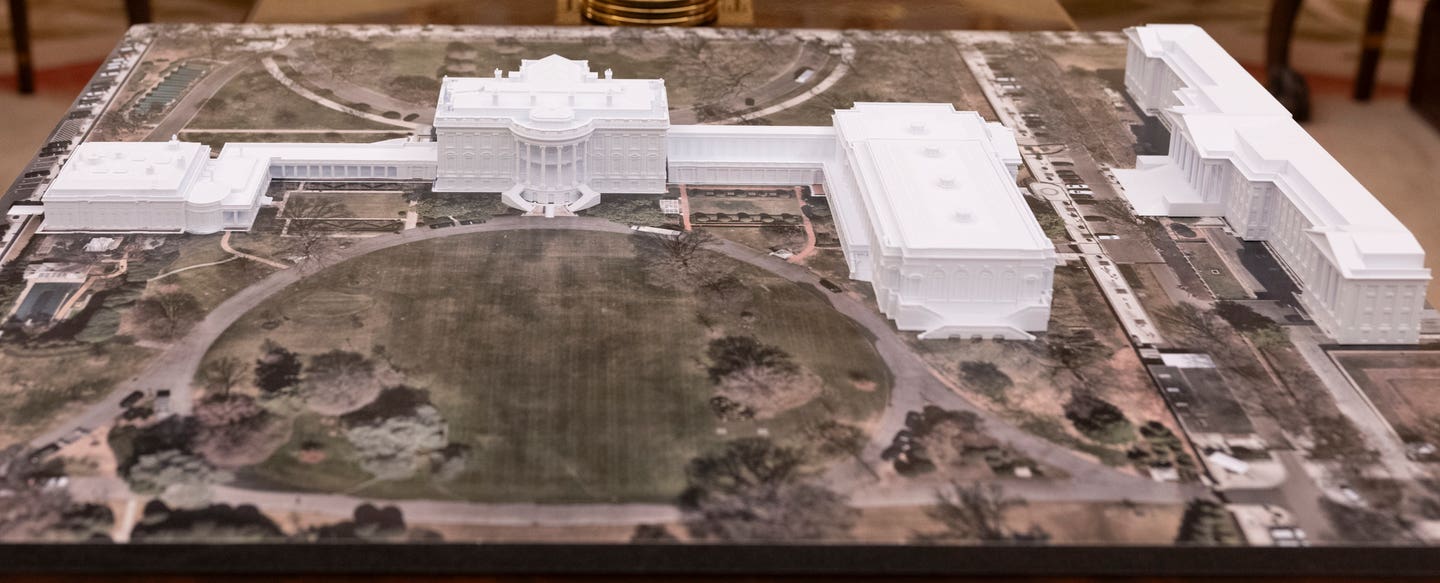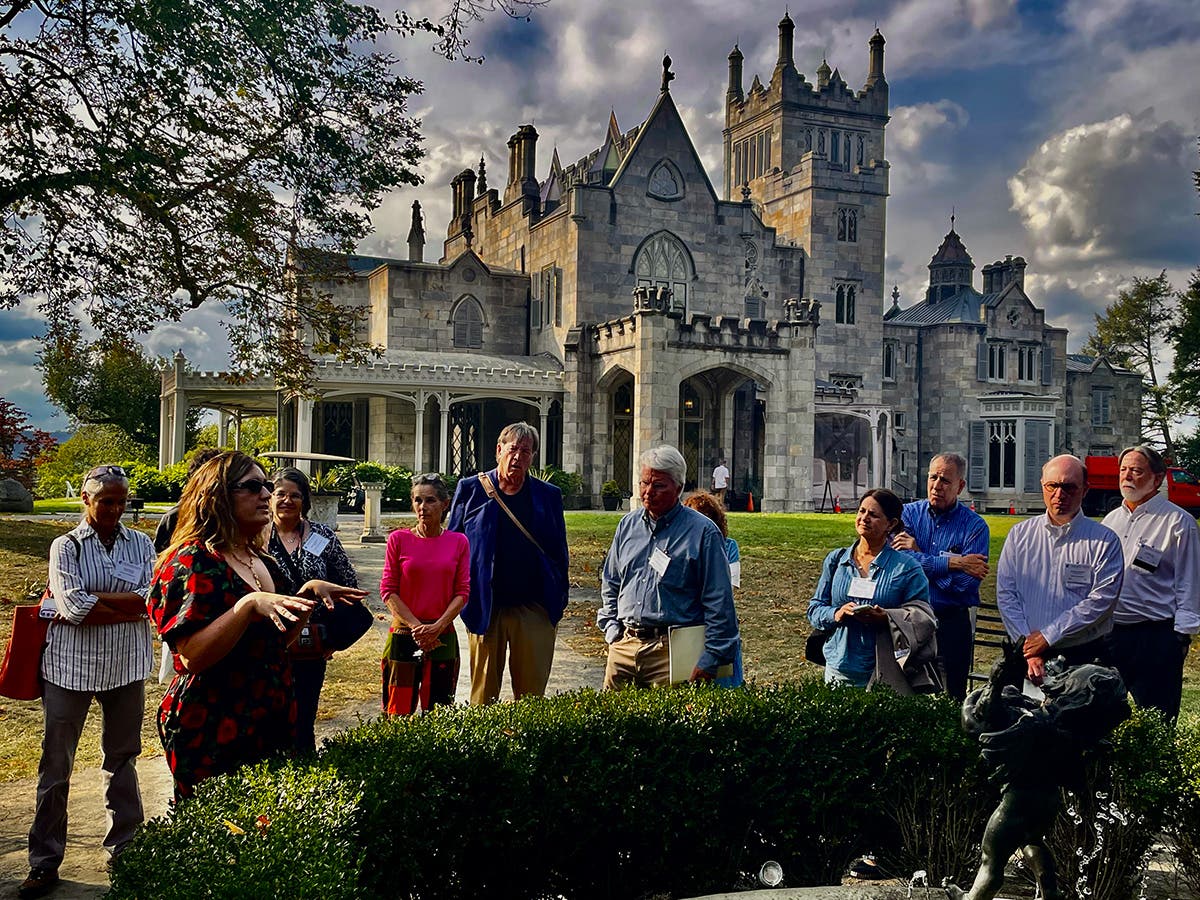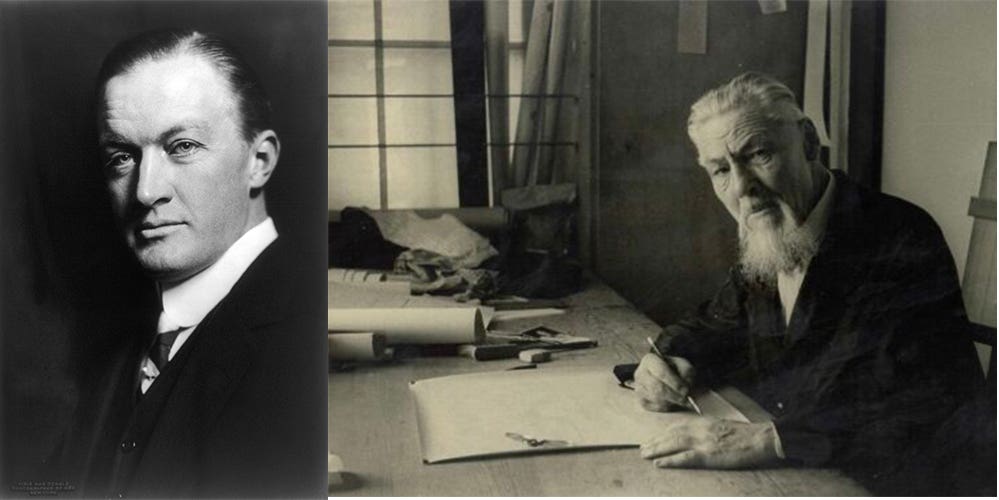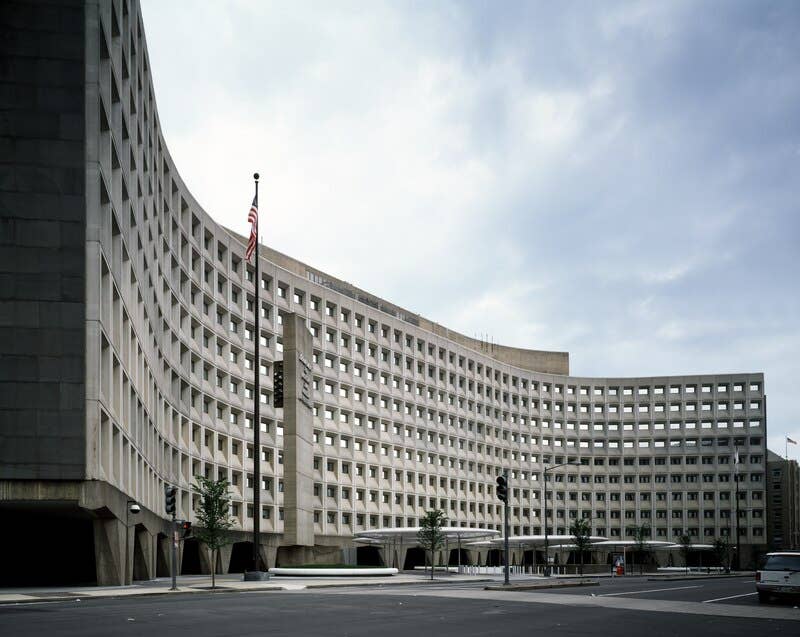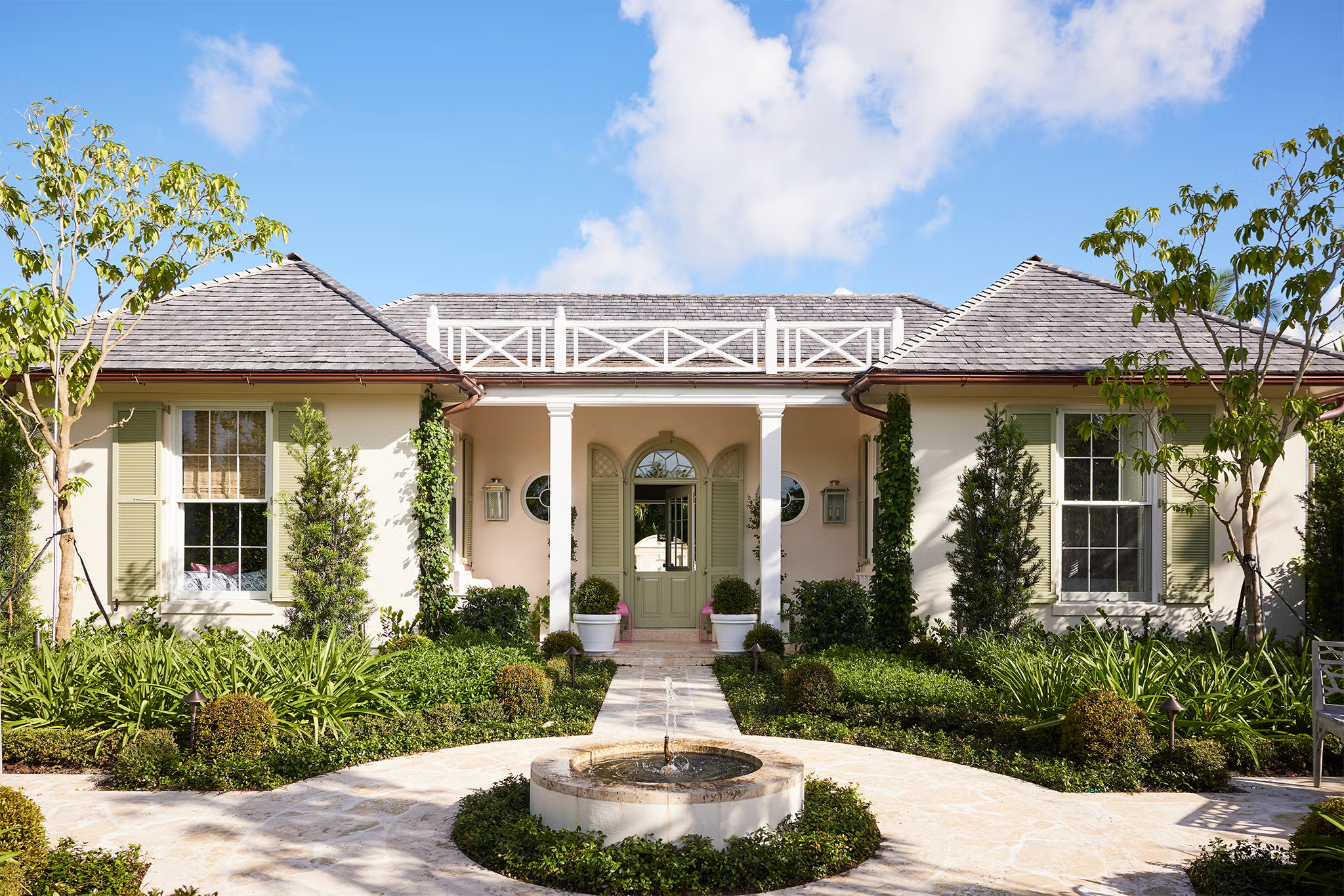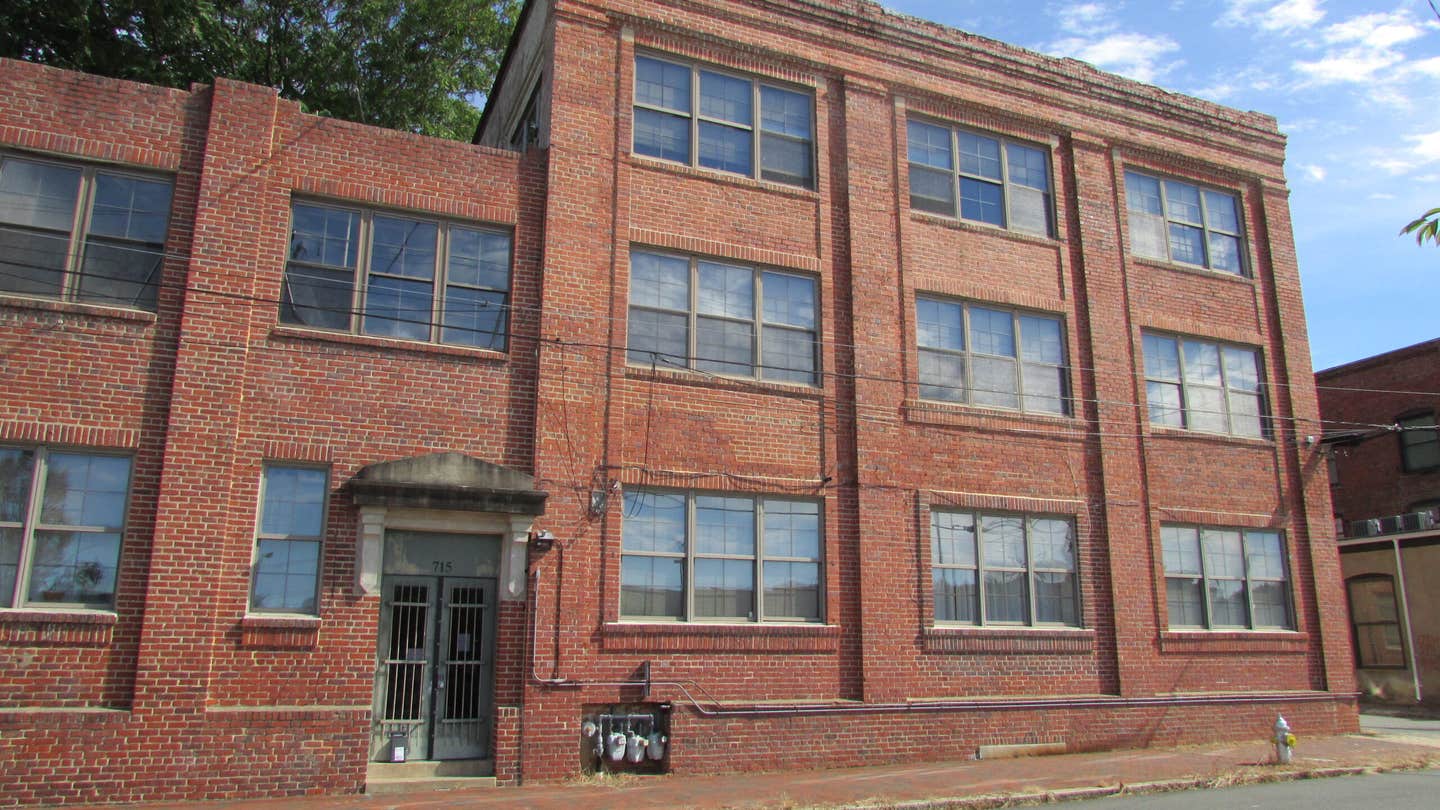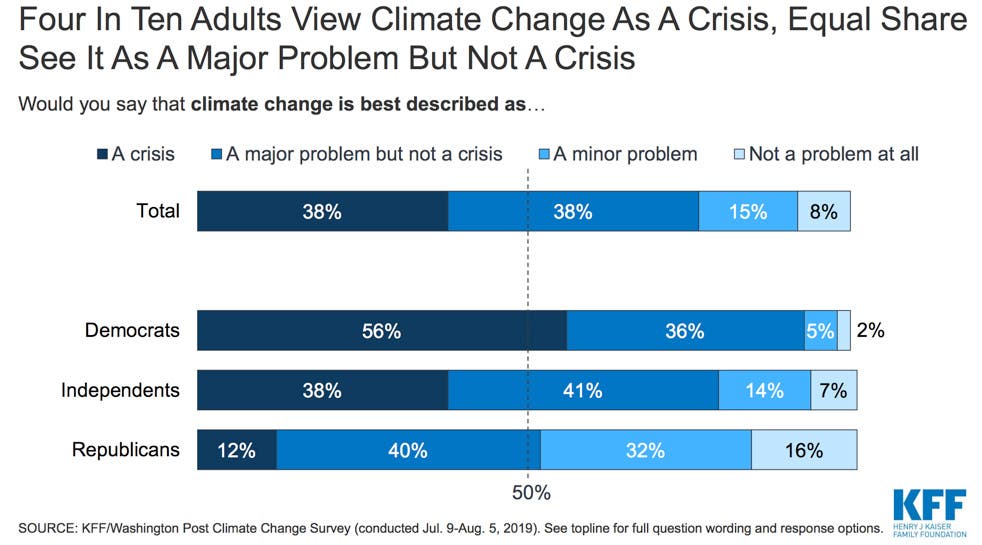
Peter Miller
Historic Preservation’s Response to Climate Change
Watching TV news of hurricane Dorian’s destruction in the Bahamas reminded us all, again, that extreme weather and climate change is a real and constant threat to people, buildings and to historic structures—many of which stand on coastal waterways and major rivers. These waterways were the major highways of the 18 and 19th centuries serving new settlements which later became our biggest cities and population centers.
When we see flattened buildings in the wake of a weather disaster, we vow to build more resilient buildings in their place. But then the bad memory fades and we go back to building disposable buildings that step on Mother Nature’s toes, buildings located more for modern recreation than for transportation necessity, as in centuries past.
Increasingly, we are restoring and repairing historic buildings that sit in harm’s way. Disaster repair is now a $27 billion business, double what it was twenty years ago. Repair, while preserving historic fabric, is of course required for historic tax credit projects. “Resiliency” for traditional buildings is a very important topic in the historic preservation community and the subject of continuing education seminars at the Traditional Building Conference Series, most recently in July, held at historic Boscobel on the edge of the mighty Hudson River.
Resiliency and disaster restoration/repair command the conference curriculum at the upcoming Association of Preservation Technology International’s annual event in Miami, November 19-23, 2019. The themes for APTI’s seminars and tours include:
- “Effects of Climate Change in Warm Weather Coastal Regions”
- “Building Resiliency in Pre-Colonial Maritime and Post-Colonial Heritage Sites Affected by Climate Change”
- “Assessing Vulnerabilities and Building Resiliency in Coastal Areas”
- “Educating and Training for the Next Generation of Preservation Professionals”
According to new research, the next generation of preservation professionals is very concerned about climate change. A Washington Post/Kaiser Family Foundation poll finds that a strong majority of Americans, 8 in 10, believe “human activity is fueling climate change.” About half of Americans surveyed believe “action is urgently needed within the next decade if humanity is to avert its worst effects.” Nearly 4 in 10 now say “climate change is a ’crisis’,” up from less than a quarter five years ago.
The Post/ KFF poll also reveals a mixture of optimism about innovation, and anxiety about climate change. Many young people wonder if they should bring children into the warming world. But 7 in 10 Americans say it is very likely that technology will save the day. Six in ten surveyed do not think they’ll have to make major sacrifices to combat climate change. Either way, the survey underscores a sense of urgency among many people. Forty percent of respondents say “action to combat climate change must come in the next decade to head off the worst consequences”; 12 percent of people say “it’s already too late.”
Historic preservationists did not need either hurricane Dorian or recent polls to convince them that climate change is real or that it is caused by human activity. The recycling and adaptive use of traditional buildings is what we do, not just because our buildings are historically significant, or architecturally iconic, but because “the greenest building is the one that’s already built.” The energy that is expended to build new buildings, or to demolish old ones, contributes to human-induced climate change. Whereas the preservation of embodied energy in traditional buildings reduces our carbon footprint.
APTI’s conference theme is topical, especially in tropical Miami, on the heels of hurricane Dorian and now, a new survey of American opinion on climate change.
The historic restoration and renovation work performed by members of APTI is made possible by the durability and repairability of the buildings they treat. This is truer of traditional buildings than of midcentury modern ones but that’s another topic. Durability is synonymous with sustainability, a fact which is often lost on building owners and developers and even green building advocates.
But with help from APTI and the preservation education they provide, we’ll be better able to steward our historic buildings and to convince builders and developers that quality construction and durable materials, followed by responsible maintenance, can help preserve the planet.
Peter H. Miller, Hon. AIA, is the publisher and President of TRADITIONAL BUILDING, PERIOD HOMES and the Traditional Building Conference Series, and podcast host for Building Tradition, Active Interest Media's business to business media platform. AIM also publishes OLD HOUSE JOURNAL; NEW OLD HOUSE; FINE HOMEBUILDING; ARTS and CRAFTS HOMES; TIMBER HOME LIVING; ARTISAN HOMES; FINE GARDENING and HORTICULTURE. The Home Group integrated media portfolio serves over 50 million architects, builders, craftspeople, interior designers, building owners, homeowners and home buyers.
Pete lives in a classic Sears house, a Craftsman-style Four Square built in 1924, which he has lovingly restored over a period of 30 years. Resting on a bluff near the Potomac River in Washington, D.C., just four miles from the White House, Pete’s home is part of the Palisades neighborhood, which used to be a summer retreat for the District’s over-heated denizens.
Before joining Active Interest Media (AIM), Pete co-founded Restore Media in 2000 which was sold to AIM in 2012. Before this, Pete spent 17 years at trade publishing giant Hanley Wood, where he helped launch the Remodeling Show, the first trade conference and exhibition aimed at the business needs and interests of professional remodeling contractors. He was also publisher of Hanley Wood’s Remodeling, Custom Home, and Kitchen and Bath Showroom magazines and was the creator of Remodeling’s Big 50 Conference (now called the Leadership Conference).
Pete participates actively with the American Institute of Architects’ Historic Resources Committee and also serves as President of the Washington Mid Atlantic Chapter of the Institute of Classical Architecture & Art. He is a long-time member of the National Trust for Historic Preservation and an enthusiastic advocate for urbanism, the revitalization of historic neighborhoods and the benefits of sustainability, including the adaptive reuse of historic buildings.




